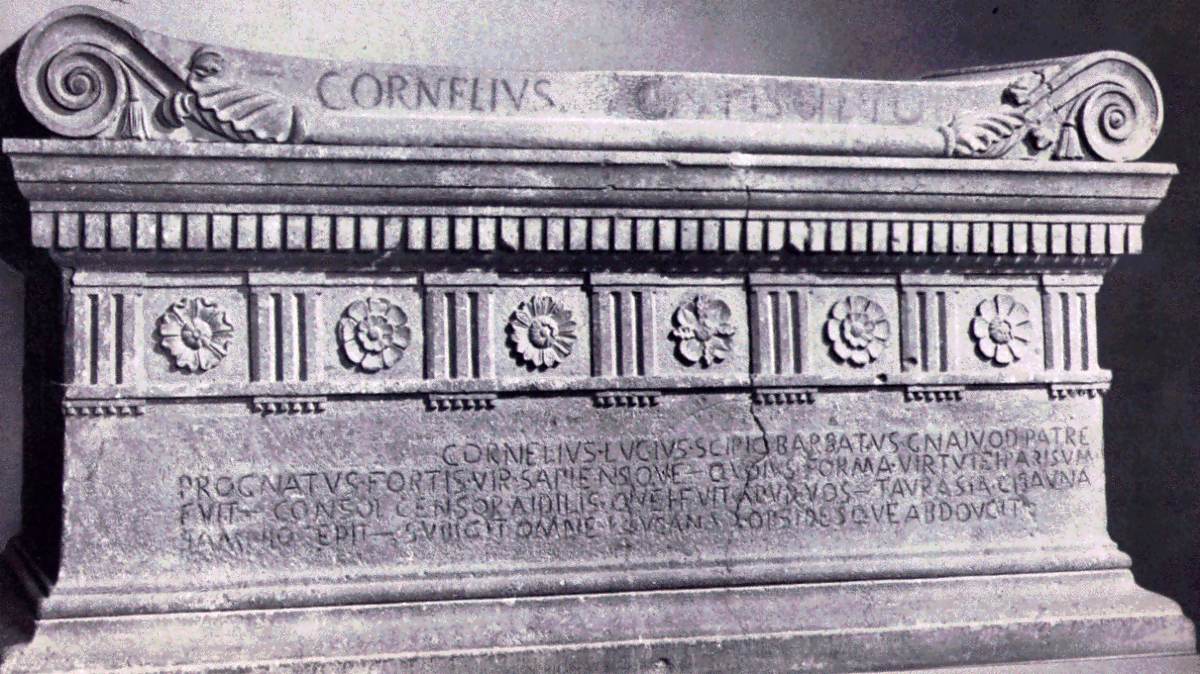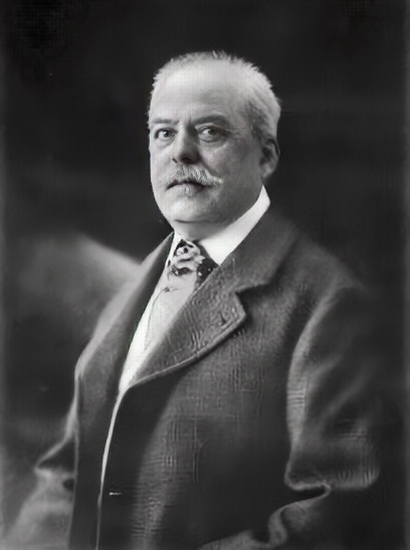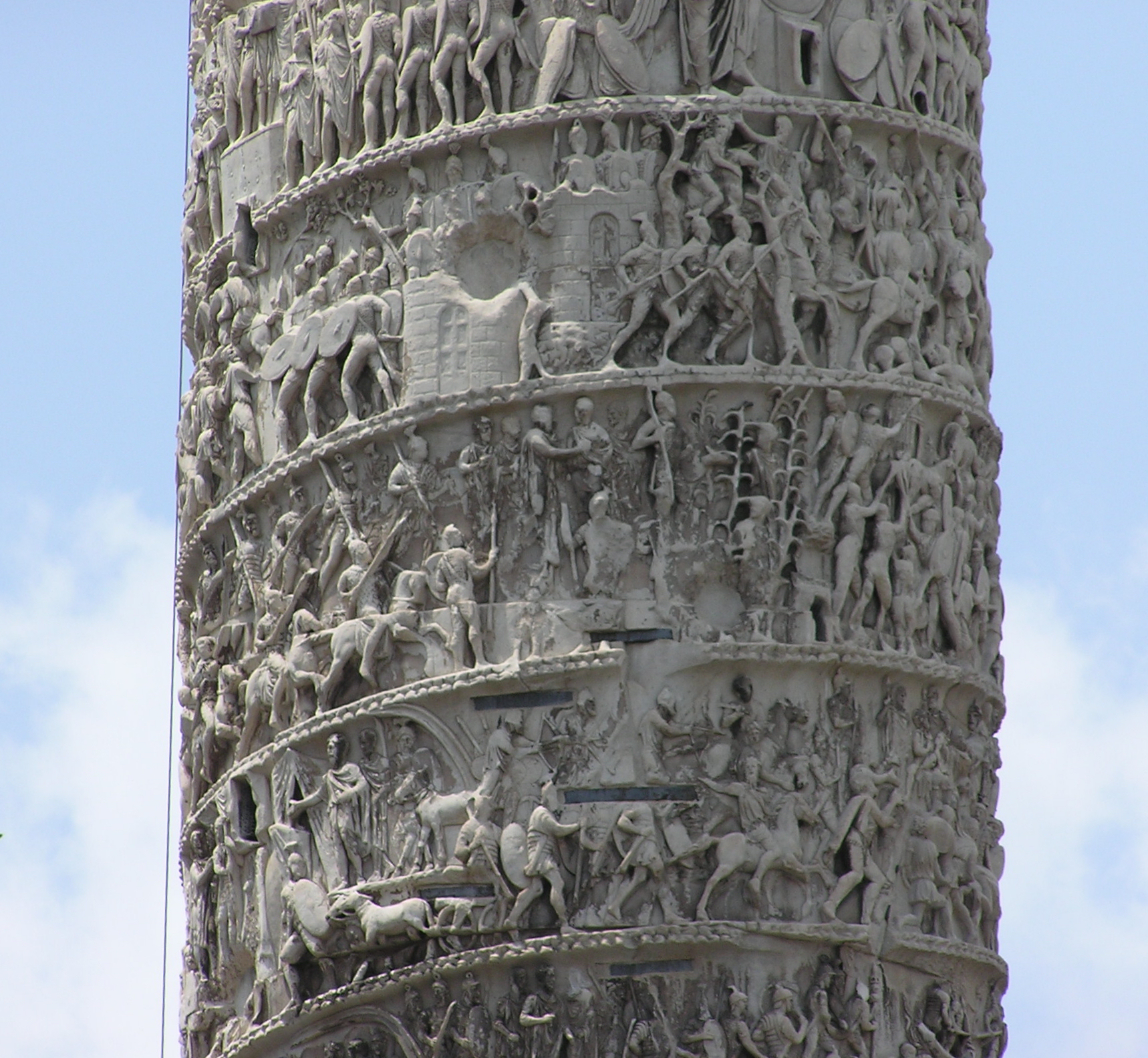|
Ustrinum
In Roman funerary practices, ancient Roman funerals, an ustrinum (plural ''ustrina'') was the site of a Roman funerary practices#Cremation, inhumation and os resectum, cremation funeral pyre whose ashes were removed for interment elsewhere. The ancient Greek equivalent was a (). Ustrina could be used many times. A single-use cremation site that also functioned as a tomb was a ''bustum''. Ustrina in common use A single ''ustrinum'' could accommodate many successive cremations, and usually belonged to a single family. Mass cremations, in which several bodies were burned in a ''ustrinum'' simultaneously or in succession, were efficient but were used only for the poor, or during epidemics, or on battlefields. Otherwise the ustrinum was supposed to be cleared after use, to avoid the mixing of ashes from different bodies, though a few cases are known in which this was deliberately done. After a cremation, the heir of the deceased sprinkled the ashes with wine, gathered them along with an ... [...More Info...] [...Related Items...] OR: [Wikipedia] [Google] [Baidu] |
Column Of Antoninus Pius
:''This article deals with the lost column dedicated to Antoninus Pius. For the column previously erroneously called this before the Renaissance, see Column of Marcus Aurelius, and specifically Column of Marcus Aurelius#Restoration'' The Column of Antoninus Pius ( it, Colonna di Antonino Pio) is a Roman honorific column in Rome, Italy, devoted in AD 161 to the Roman emperor Antoninus Pius, in the Campus Martius, on the edge of the hill now known as Monte Citorio, and set up by his successors, the co-emperors Marcus Aurelius and Lucius Verus. History Construction The column itself was high and in diameter and was constructed of red granite, with no decorating reliefs as on the otherwise similar columns of Trajan and Marcus Aurelius. It was quarried out in 106 (as shown by the masons' inscription on its lower end, IG xiv.2421.1). Architecturally, it belonged to the Ustrinum, north of it on the same orientation, with the main apotheosis scene facing in that direction, and wa ... [...More Info...] [...Related Items...] OR: [Wikipedia] [Google] [Baidu] |
Via Del Corso
The Via del Corso is a main street in the historical centre of Rome. It is straight in an area otherwise characterized by narrow meandering alleys and small piazzas. Considered a wide street in ancient times, the Corso is approximately 10 metres wide, and it only has room for two lanes of traffic and two narrow sidewalks. The northern portion of the street is a pedestrian area. The length of the street is roughly 1.5 kilometres. Description The Corso runs in a generally north-south direction. To the north, it links the northern entrance gate to the city, the Porta del Popolo and its piazza, the Piazza del Popolo, to the heart of the city at the Piazza Venezia, at the base of the Capitoline Hill. At the Piazza del Popolo, Via del Corso is framed by two Baroque churches, Santa Maria dei Miracoli and Santa Maria in Montesanto, and along the street are the church of San Carlo al Corso, the church of San Giacomo in Augusta, the church of Gesù e Maria, the Piazza Colonna with the a ... [...More Info...] [...Related Items...] OR: [Wikipedia] [Google] [Baidu] |
Roman Funerary Practices
Roman funerary practices include the Ancient Romans' religious rituals concerning funerals, cremations, and burials. They were part of time-hallowed tradition ( la, mos maiorum), the unwritten code from which Romans derived their social norms. Elite funeral rites, especially processions and public eulogies, gave the family opportunity to publicly celebrate the life and deeds of the deceased, their ancestors, and the family's standing in the community. Sometimes the political elite gave costly public feasts, games and popular entertainments after family funerals, to honour the departed and to maintain their own public profile and reputation for generosity. The Roman gladiator games began as funeral gifts for the deceased in high status families. Among the elite, funeral displays and expenses were supposedly constrained by sumptuary laws, designed to reduce class envy and consequent social conflict. The less well-off, and those who lacked the support of an extended family could ... [...More Info...] [...Related Items...] OR: [Wikipedia] [Google] [Baidu] |
Christian Hülsen
Christian Karl Friedrich Hülsen (born in Charlottenburg, 29 November 1858; died in Florence, Italy, on 19 January 1935) was a German architectural historian of the classical era who later changed to studying the Middle Ages and the Renaissance. Biography Hülsen was born in Berlin. He studied classical philology, ancient history and archaeology with Ernst Curtius, Johann Gustav Droysen (1808-1884), Emil Hübner (1834-1901), Johannes Vahlen (1830-1911), and Theodor Mommsen (1817-1903). His dissertation, on Ovid, was directed by Mommsen and Hübner. Through Mommsen, he was awarded a stipend from the DAI (Deutsches Archäologisches Institut) to travel to Rome where he assisted in the compilation of the ''Corpus Inscriptionum Latinarum'' for the city of Rome. In 1904 he published his ''Das Forum Romanum'', an important and widely translated work on the Roman Forum. As a topographical scholar he gained equal fame with his volume on Roman topography, volume three of ''Topographie der St ... [...More Info...] [...Related Items...] OR: [Wikipedia] [Google] [Baidu] |
Marcus Aurelius
Marcus Aurelius Antoninus (Latin: áːɾkus̠ auɾέːli.us̠ antɔ́ːni.us̠ English: ; 26 April 121 – 17 March 180) was Roman emperor from 161 to 180 AD and a Stoic philosopher. He was the last of the rulers known as the Five Good Emperors (a term coined some 13 centuries later by Niccolò Machiavelli), and the last emperor of the Pax Romana, an age of relative peace and stability for the Roman Empire lasting from 27 BC to 180 AD. He served as Roman consul in 140, 145, and 161. Marcus Aurelius was born during the reign of Hadrian to the emperor's nephew, the praetor Marcus Annius Verus, and the heiress Domitia Calvilla. His father died when he was three, and his mother and grandfather raised him. After Hadrian's adoptive son, Aelius Caesar, died in 138, the emperor adopted Marcus's uncle Antoninus Pius as his new heir. In turn, Antoninus adopted Marcus and Lucius, the son of Aelius. Hadrian died that year, and Antoninus became emperor. Now heir to the throne, ... [...More Info...] [...Related Items...] OR: [Wikipedia] [Google] [Baidu] |
Faustina The Elder
Annia Galeria Faustina the Elder, sometimes referred to as Faustina I or Faustina Major (born on February 16 around 100; died in October or November of 140), was a Roman empress and wife of the Roman emperor Antoninus Pius. The emperor Marcus Aurelius was her nephew and later became her adopted son, along with Emperor Lucius Verus. She died early in the principate of Antoninus Pius, but continued to be prominently commemorated as a ''diva'', posthumously playing a prominent symbolic role during his reign. Early life Faustina was the only known daughter of consul and prefect Marcus Annius Verus and Rupilia Faustina. Her brothers were consul Marcus Annius Libo and praetor Marcus Annius Verus. Her maternal aunts were Roman Empress Vibia Sabina and Matidia Minor. Her paternal grandfather was named Marcus Annius Verus, like her father, while her maternal grandparents were suffect consul Lucius Scribonius Libo Rupilius Frugi Bonus and possibly Vitellia. Faustina was born and rais ... [...More Info...] [...Related Items...] OR: [Wikipedia] [Google] [Baidu] |
Antoninus Pius
Antoninus Pius (Latin: ''Titus Aelius Hadrianus Antoninus Pius''; 19 September 86 – 7 March 161) was Roman emperor from 138 to 161. He was the fourth of the Five Good Emperors from the Nerva–Antonine dynasty. Born into a senatorial family, Antoninus held various offices during the reign of Emperor Hadrian. He married Hadrian's niece Faustina, and Hadrian adopted him as his son and successor shortly before his death. Antoninus acquired the cognomen Pius after his accession to the throne, either because he compelled the Senate to deify his adoptive father, or because he had saved senators sentenced to death by Hadrian in his later years. His reign is notable for the peaceful state of the Empire, with no major revolts or military incursions during this time. A successful military campaign in southern Scotland early in his reign resulted in the construction of the Antonine Wall. Antoninus was an effective administrator, leaving his successors a large surplus in the t ... [...More Info...] [...Related Items...] OR: [Wikipedia] [Google] [Baidu] |
Rodolfo Lanciani
Rodolfo Amedeo Lanciani (1 January 1845 – 22 May 1929) was an Italian archaeologist, a pioneering student of ancient Roman topography. Among his many excavations was that of the House of the Vestals in the Roman Forum. Lanciani earned LL.D. degrees from Aberdeen, Glasgow, and Harvard and a Ph.D. degree from Würzburg. Life Lanciani was born in Rome, although some state he was born in Montecelio, now Guidonia Montecelio. He was professor of Roman topography at the Università di Roma from 1878 until 1927. He is known today chiefly for his ''Forma Urbis Romae'' (1893‑1901) and the ''Storia degli scavi'', a regular summary of Roman excavations that started appearing in 1902. His students included Giulio Giglioli. Together with important British art historians such as Austen Henry Layard he re-edited the original 1843 guidebook to Rome for John Murray. He was a member of the Accademia dei Lincei, the Academia di S. Lucia, the Berlin Institute, the Royal Academy of Belgium, a ... [...More Info...] [...Related Items...] OR: [Wikipedia] [Google] [Baidu] |
Imperial Cult (ancient Rome)
The Roman imperial cult identified Roman emperor, emperors and some members of their families with the Divine right of kings, divinely sanctioned authority (''auctoritas'') of the Roman State. Its framework was based on Roman and Greek precedents, and was formulated during the early Principate of Augustus. It was rapidly established throughout the Roman Empire, Empire and its Roman province, provinces, with marked local variations in its reception and expression. Augustus's reforms transformed Rome's Roman Republic, Republican system of government to a ''de facto'' monarchy, couched in mos maiorum, traditional Roman practices and Republican values. The ''princeps'' (emperor) was expected to balance the interests of the Military of ancient Rome, Roman military, SPQR, Senate and people, and to maintain peace, security and prosperity throughout an ethnically diverse empire. The official offer of ''Glossary of ancient Roman religion#cultus, cultus'' to a living emperor acknowledged hi ... [...More Info...] [...Related Items...] OR: [Wikipedia] [Google] [Baidu] |
Francesco Bianchini
Francesco Bianchini (13 December 16622 March 1729) was an Italian philosopher and scientist. He worked for the curia of three popes, including being ''camiere d'honore'' of Clement XI, and secretary of the commission for the reform of the calendar, working on the method to calculate the astronomically correct date for Easter in a given year. Life and work Bianchini was born of a noble family at Verona, the son of Giuseppe Bianchini and his wife, Cornelia Vailetti. Educated by Jesuits in Bologna, and by the Paduan astronomer, Geminiano Montanari, Bianchini spent most of his university years in Padua studying comets while enrolled in Theology. This early training in astronomy established Bianchini's commitment to the experimental and physical sciences. In 1684 he went to Rome, and became librarian to Cardinal Ottoboni, who, as Pope Alexander VIII (1689), raised him to the offices of papal chamberlain and canon of Santa Maria Maggiore. Clement XI sent him on a mission to Paris in ... [...More Info...] [...Related Items...] OR: [Wikipedia] [Google] [Baidu] |
Column Of Marcus Aurelius
The Column of Marcus Aurelius ( la, Columna Centenaria Divorum Marci et Faustinae, it, Colonna di Marco Aurelio) is a Roman victory column in Piazza Colonna, Rome, Italy. It is a Doric column featuring a spiral relief: it was built in honour of Roman emperor Marcus Aurelius and modeled on Trajan's Column. Construction Because the original dedicatory inscription has been destroyed, it is not known whether it was built during the emperor's reign (on the occasion of the triumph over the Marcomanni, Quadi and Sarmatians in the year 176) or after his death in 180; however, an inscription found in the vicinity attests that the column was completed by 193. In terms of the topography of ancient Rome, the column stood on the north part of the Campus Martius, in the centre of a square. This square was either between the temple of Hadrian (probably the Hadrianeum) and the temple of Marcus Aurelius (dedicated by his son Commodus, of which nothing now remains – it was probably on the ... [...More Info...] [...Related Items...] OR: [Wikipedia] [Google] [Baidu] |









